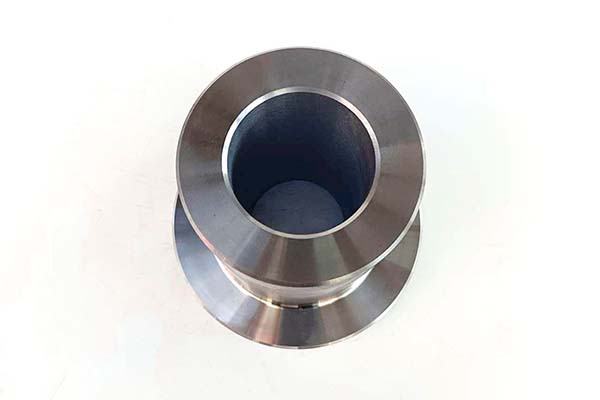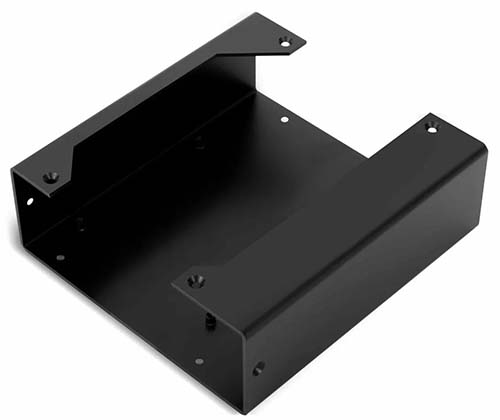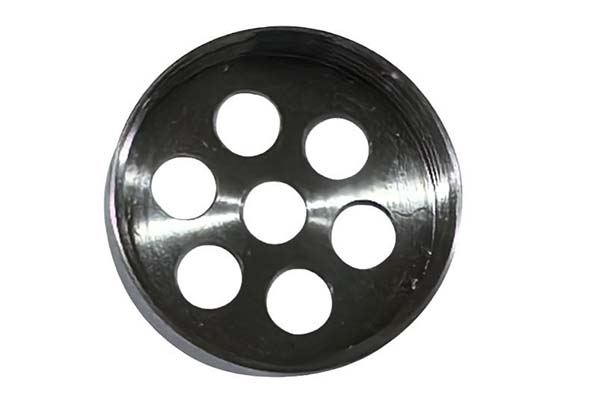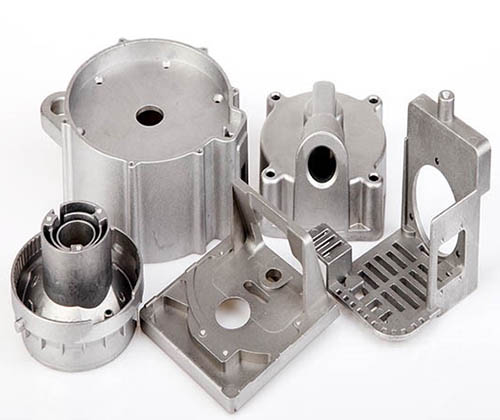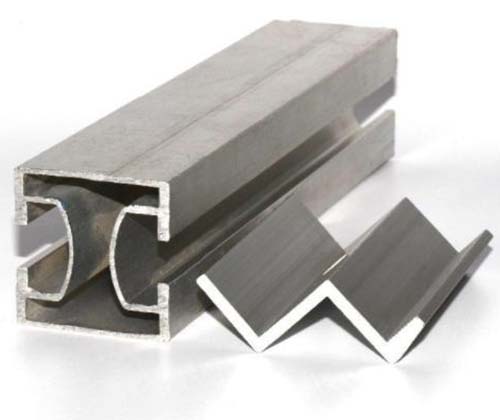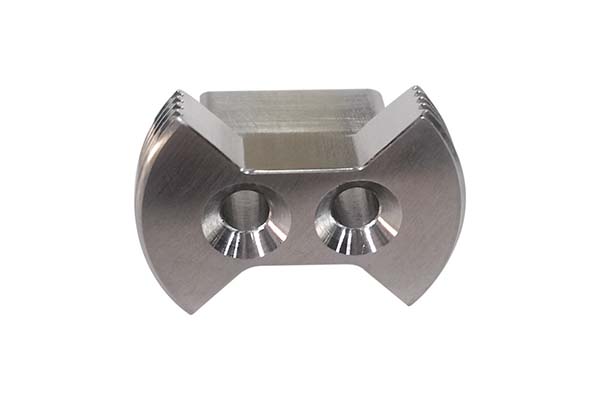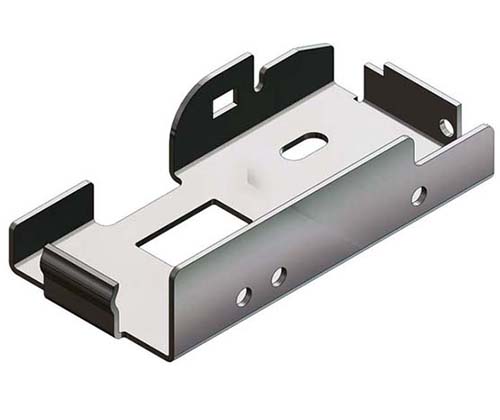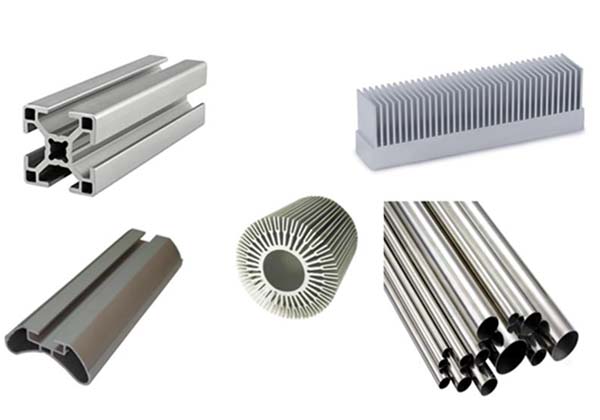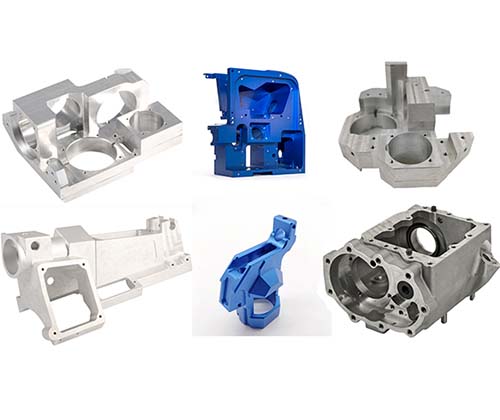Introduction
In the world of metal casting, manufacturers often grapple with several pain points. Quality issues such as porosity, shrinkage, and surface roughness can plague the final products, affecting their mechanical properties and appearance. Lead times can be a major concern, especially for those needing parts quickly to meet tight production schedules. Cost is always a consideration, as high - cost manufacturing processes can eat into profit margins. Additionally, finding reliable suppliers who can consistently deliver high - quality parts on time is no easy feat. Die casting pewter, specifically the Sn - Sb - Cu alloy, offers a range of solutions to these challenges, which we will explore in detail in this article.
Material Properties of Pewter (Sn - Sb - Cu) Alloy
Composition and Types
Pewter is a tin - based alloy with the main alloying elements being antimony (Sb) and copper (Cu). Modern pewter is typically lead - free, making it a safer and more environmentally friendly option compared to traditional pewter which often contained lead. The alloying elements play crucial roles in determining the properties of the pewter. Tin provides a soft and malleable base, antimony increases the hardness and strength of the alloy, and copper further enhances its strength and also improves its casting characteristics.
Mechanical Properties
- Tensile Strength and Yield Strength: The combination of tin, antimony, and copper in pewter results in a decent tensile strength and yield strength. While not as high as some high - performance alloys, it offers sufficient strength for a wide range of applications. For example, in decorative items and some non - critical industrial components, its strength is more than adequate. In comparison to pure tin, the addition of antimony and copper can increase the tensile strength by up to 50 - 100%, depending on the exact composition.
- Elongation: Pewter has a reasonable amount of elongation, which means it can deform to some extent before breaking. This property is beneficial during the casting process as it allows the alloy to fill the intricate details of the die cavity without cracking. It also contributes to the durability of the final product, as it can withstand some mechanical stress without failing.
- Hardness: Thanks to the presence of antimony and copper, pewter has a higher hardness than pure tin. This hardness makes it suitable for applications where the surface needs to resist wear and scratches. For instance, in tableware and jewelry, a certain level of hardness ensures that the items maintain their appearance over time.
Physical Properties
- Thermal and Electrical Conductivity: Pewter has moderate thermal conductivity and electrical conductivity. While it is not as good as some metals like copper in terms of electrical conductivity, it can still conduct heat and electricity to a certain degree. In applications where heat dissipation is required, such as in some industrial components, its thermal conductivity can be utilized. However, for high - performance electrical applications, pewter may not be the first choice.
- Density and Specific Gravity: The density of pewter is relatively low compared to many other metals. This low density contributes to the creation of lightweight components. For example, in the production of toys and miniatures, the lightweight nature of pewter makes the products easier to handle and transport. The specific gravity of pewter is typically around 7 - 8 g/cm³, which is lower than that of metals like iron (around 7.87 g/cm³) and copper (around 8.96 g/cm³).
- Casting Fluidity: One of the key advantages of pewter in die casting is its excellent casting fluidity. The alloy can flow easily into the complex shapes of the die cavity under pressure. This property allows for the production of parts with high - detail reproduction. Whether it's the fine patterns on a decorative art object or the intricate features of a jewelry piece, pewter's casting fluidity ensures that these details are accurately replicated.
Die Casting Process for Pewter
Die Design and Mold Materials
- Die Design Considerations: The die design is a crucial aspect of the pewter die - casting process. The die must be designed to allow the molten pewter to flow evenly and fill all parts of the cavity. This includes considerations such as the gating system, which controls the entry of the molten metal into the die. The gating system should be designed to minimize turbulence and ensure a smooth flow of the alloy. Additionally, draft angles are incorporated into the die design. These angles facilitate the easy removal of the solidified pewter part from the die. A typical draft angle for pewter die casting ranges from 0.5° - 2°, depending on the complexity of the part.
- Mold Materials: The molds used in pewter die casting are usually made of steel. Steel molds are preferred due to their high strength and ability to withstand the high pressures and temperatures involved in the die - casting process. The use of high - quality steel molds also ensures a long mold life, which is important for cost - effective production. For example, H13 steel is a commonly used material for die - casting molds as it offers excellent thermal fatigue resistance and hardness.
Injection and Cooling
- Injection Speed and Pressure: During the die - casting process, the molten pewter is injected into the die cavity at high speed. The injection speed is carefully controlled to ensure that the alloy fills the cavity completely before it starts to solidify. The speed can range from several meters per second to tens of meters per second, depending on the size and complexity of the part. The injection pressure is also a critical parameter. It typically ranges from 10 - 175 megapascals (MPa). Higher pressures are used for parts with thin walls or complex geometries to ensure proper filling.
- Cooling Rate and Cycle Time: After the molten pewter is injected, it needs to be cooled quickly to solidify into the desired shape. The cooling rate is carefully regulated to control the microstructure and properties of the final product. Cooling channels are often incorporated into the die to facilitate the efficient removal of heat. The cycle time, which includes the time for injection, cooling, and part ejection, is an important factor in determining the productivity of the die - casting process. For pewter die casting, cycle times can range from a few seconds to a minute or more, depending on the size and complexity of the part.
Post - casting Treatment and Quality Control
- Post - casting Treatment: Once the pewter part is removed from the die, it may undergo various post - casting treatments. These can include trimming to remove any excess material such as flash and gates. Polishing is often done to improve the surface finish, especially for decorative items and jewelry. In some cases, heat treatment may be applied to further enhance the mechanical properties of the pewter part.
- Quality Control: Quality control is an essential part of the pewter die - casting process. Visual inspections are carried out to check for any surface defects such as cracks, porosity, or uneven surfaces. Dimensional inspections are also performed to ensure that the parts meet the required specifications. In more advanced quality control processes, techniques such as X - ray inspection may be used to detect internal defects that are not visible to the naked eye.
Applications of Die Cast Pewter (Sn - Sb - Cu)
Decorative and Artistic Applications
- Decorative Items: Pewter's attractive appearance and excellent casting fluidity make it a popular choice for decorative items. It can be used to create intricate sculptures, figurines, and decorative accents for homes and offices. The ability to replicate fine details allows for the production of highly detailed and aesthetically pleasing pieces.
- Jewelry: In the jewelry industry, pewter is used to make a variety of items such as pendants, earrings, and bracelets. Its low cost compared to precious metals, combined with its ability to be plated or finished in different ways, makes it an appealing option for fashion jewelry. The lightweight nature of pewter also makes the jewelry comfortable to wear.
- Art Objects and Collectibles: Many art objects and collectibles are made from pewter. Limited - edition art pieces, commemorative coins, and collectible figurines often utilize pewter due to its casting properties and the ability to create unique and detailed designs. The durability of pewter ensures that these items can be preserved for a long time.
Industrial and Other Applications
- Automotive Parts (Non - critical): While pewter may not be used for critical automotive components, it can be found in some non - critical parts such as decorative trim, small brackets, and knobs. Its lightweight nature and decent mechanical properties make it suitable for these applications where high - strength is not a primary requirement.
- Industrial Components: In some industrial settings, pewter is used to make components such as small gears, bushings, and fittings. Its good wear resistance and casting fluidity make it a viable option for these types of applications. For example, in low - power machinery, pewter gears can be used due to their ability to be cast into complex shapes with relative ease.
- Architectural Elements: Pewter can be used in architectural applications for creating decorative elements such as door handles, hinges, and ornamental moldings. Its corrosion resistance and attractive appearance make it suitable for both interior and exterior use in buildings.
Performance and Benefits of Die Cast Pewter (Sn - Sb - Cu)
High - strength - to - weight Ratio
Pewter offers a relatively high strength - to - weight ratio compared to some other materials. Its lightweight nature, combined with sufficient strength for many applications, makes it an ideal choice when weight reduction is desired without sacrificing too much on strength. This is particularly beneficial in applications such as toys, miniatures, and some non - critical automotive and industrial parts.
Dimensional Accuracy and Smooth Surface Finish
The die - casting process for pewter allows for high dimensional accuracy. The molten alloy fills the die cavity precisely, resulting in parts that closely match the designed dimensions. Additionally, pewter parts often have a smooth surface finish straight out of the die. This reduces the need for extensive post - processing in many cases, saving time and cost. For applications like jewelry and decorative items, the smooth surface finish is highly desirable as it enhances the aesthetic appeal.
Cost - effective and High - volume Production
- Low - cost Manufacturing: Pewter is relatively inexpensive compared to many other metals, especially precious metals. The raw material cost, combined with the efficiency of the die - casting process, makes pewter die casting a cost - effective option for manufacturers. The long mold life in pewter die casting also contributes to cost savings as the molds do not need to be replaced frequently.
- High - volume Production: Die casting is well - suited for high - volume production, and pewter is no exception. The relatively short cycle times, especially for smaller parts, allow for the production of a large number of components in a short period. This makes it an attractive option for industries that require large quantities of parts, such as the toy and collectibles industries.
Customizability and Complex Geometries
- Customizability: Pewter can be easily customized to meet specific design requirements. The alloy composition can be adjusted slightly to modify its properties, and the die - casting process allows for the creation of parts with unique shapes and features. Whether it's a custom - designed piece of jewelry or a specialized industrial component, pewter can be tailored to fit the needs of the customer.
- Complex Geometries: Thanks to its excellent casting fluidity, pewter can be used to create parts with extremely complex geometries. This is a significant advantage over some other manufacturing processes. For example, in the production of art objects and decorative items with intricate designs, pewter can accurately replicate these complex shapes, which may be difficult or impossible to achieve with other materials or processes.
Yigu Technology's Perspective
As a parts custom manufacturing supplier, Yigu Technology recognizes the value of die casting pewter (Sn - Sb - Cu). The material's properties, combined with the die - casting process, offer a great solution for many applications. We have the expertise to handle pewter die casting projects, ensuring high - quality parts with tight tolerances. Our state - of - the - art facilities and experienced team can manage projects from design to production, providing customized solutions to meet our clients' specific needs. Whether it's a small - batch production for a unique art project or a large - scale manufacturing run for industrial components, Yigu Technology is well - equipped to deliver top - notch results.
FAQs
- Is pewter (Sn - Sb - Cu) suitable for food - contact applications?
- Generally, lead - free pewter (Sn - Sb - Cu) can be used for some food - contact applications. However, it's important to ensure that the pewter meets relevant food - safety standards. Some pewter items may be coated or finished in a way that further ensures their safety for food contact.
- Can pewter die - cast parts be recycled?
- Yes, pewter die - cast parts can be recycled. The recycling process involves melting down the used pewter and refining it to remove any impurities. Recycled pewter can then be used to produce new parts, making it an environmentally friendly option.
- What are the limitations of using pewter in high - temperature applications?
- Pewter has a relatively low melting point compared to some metals. In high - temperature applications above its melting point (usually around 230 - 300°C depending on the composition), it will start to melt or deform. Additionally, its mechanical properties may degrade at elevated temperatures, so it is not suitable for applications where high - temperature resistance is crucial.
